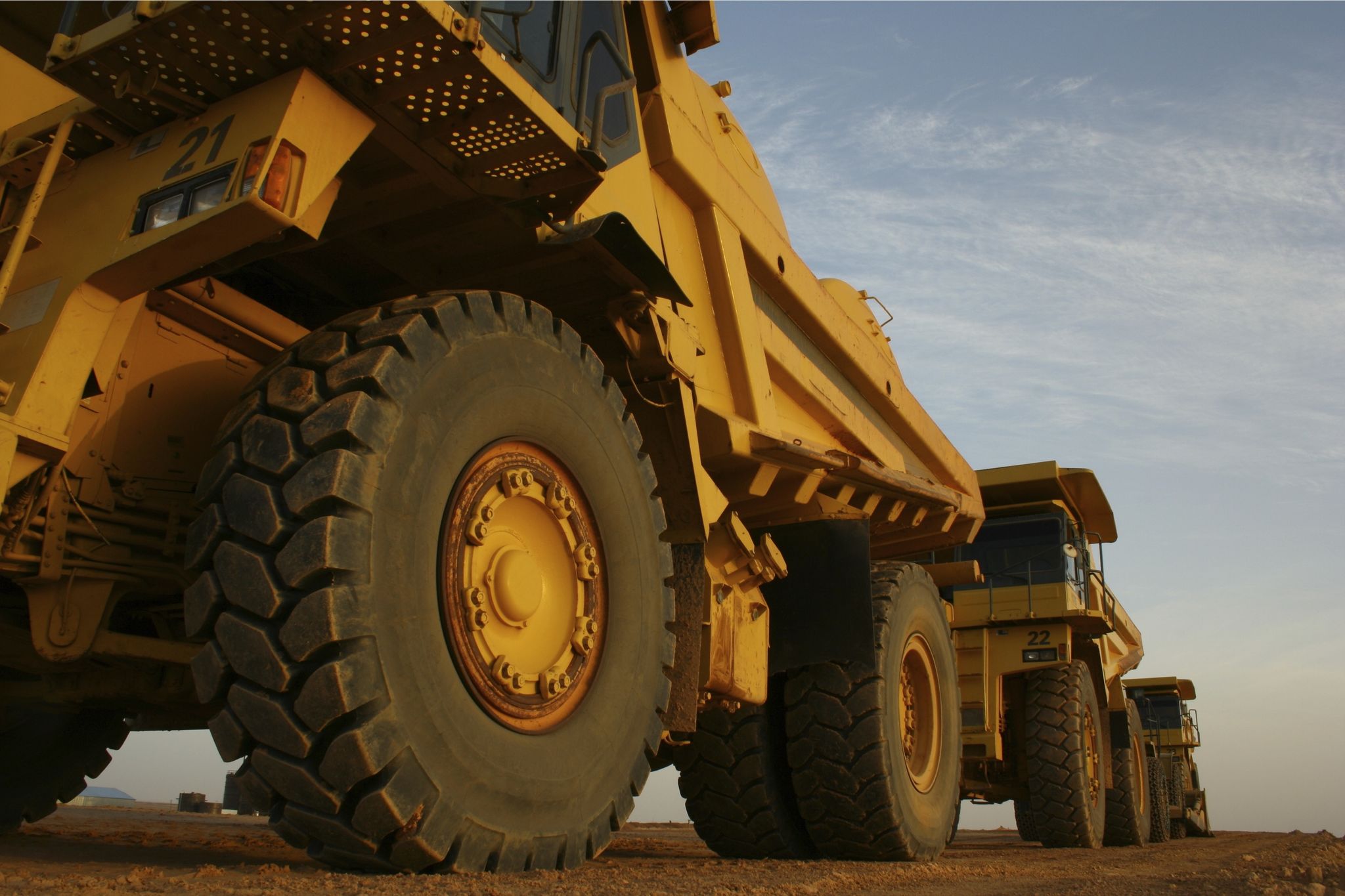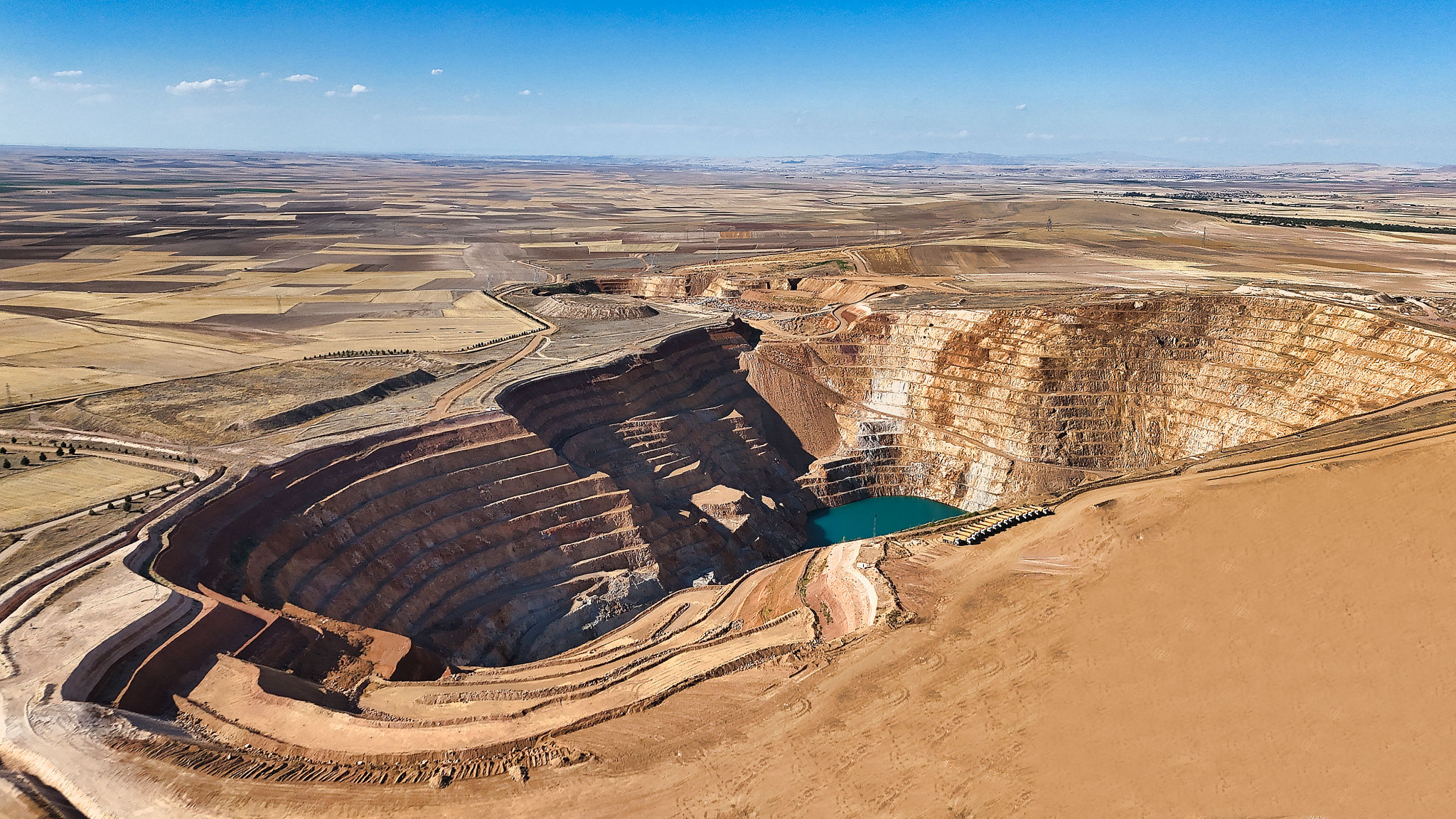The Future of Mining Machinery: Trends in R&D Services
JM
Introduction to the Future of Mining Machinery
The mining industry is on the cusp of a significant transformation, driven by advances in technology and research & development (R&D) services. As global demand for minerals and resources continues to rise, the need for efficient, sustainable, and safe mining machinery has never been more critical. This post explores the emerging trends in mining machinery and how R&D services are shaping the industry's future.

Automation and Robotics
One of the most exciting trends in mining machinery is the increasing use of automation and robotics. Automated systems can perform tasks with greater precision and safety, reducing the need for human intervention in hazardous environments. R&D services are focusing on developing advanced robotic systems that can handle complex mining operations, improving both productivity and worker safety.
In addition to robotics, autonomous vehicles are revolutionizing how materials are transported within mines. These vehicles are equipped with cutting-edge sensors and navigation systems, allowing them to operate efficiently without human drivers. This trend not only enhances operational efficiency but also reduces the environmental impact of mining activities.
Data-Driven Decision Making
The integration of data analytics into mining machinery is another trend that is transforming the industry. By collecting and analyzing vast amounts of data, companies can make informed decisions about their operations. This data-driven approach enables predictive maintenance, optimizing machinery performance and reducing downtime.

Advanced R&D services are developing sophisticated algorithms that can process real-time data from various sources, providing valuable insights into equipment health, resource availability, and operational efficiency. This shift towards data-driven decision-making is helping mining companies maximize their output while minimizing costs.
Energy Efficiency and Sustainability
As environmental concerns continue to grow, the push for energy-efficient and sustainable mining machinery is becoming more pronounced. R&D efforts are focused on designing equipment that consumes less energy and produces fewer emissions. This includes the development of electric-powered machinery and hybrid systems that reduce the carbon footprint of mining operations.
The adoption of renewable energy sources within mining sites is also gaining momentum, with solar and wind power being integrated into their energy strategies. These initiatives not only support sustainability but also reduce operational costs in the long term.

Advanced Materials and Design
The use of advanced materials and innovative design principles is another key trend in the development of future mining machinery. R&D services are exploring new alloys and composites that offer enhanced durability and resistance to harsh mining conditions. These materials not only extend the lifespan of machinery but also improve safety and reliability.
Innovative design approaches are leading to the creation of more compact and versatile machines that can operate in challenging environments. These designs improve maneuverability and efficiency, allowing for more effective resource extraction.
Collaboration and Innovation
The future of mining machinery is also being shaped by collaboration between industry players, research institutions, and technology providers. By working together, these entities can drive innovation and accelerate the development of new technologies. Collaborative R&D projects are fostering breakthroughs that would be difficult to achieve independently.
This collaborative approach is facilitating knowledge sharing and enabling companies to stay ahead of the curve in a rapidly evolving industry. It ensures that new technologies are not only innovative but also practical and scalable for widespread adoption.

Conclusion
The future of mining machinery is bright, with numerous exciting trends emerging from recent advancements in R&D services. Automation, data-driven decision-making, sustainability, advanced materials, and collaboration are all contributing to a more efficient, safer, and environmentally friendly mining industry. As these trends continue to evolve, they will undoubtedly play a crucial role in meeting the world's growing demand for minerals and resources.
